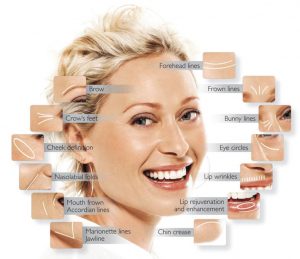 Cosmetic Surgery can be traced back as far as 2000 BC and is documented throughout the ages in various procedures. Today it is financially more accessible to the average person and is common in all areas of the developed world. Individuals choose to undergo cosmetic surgery for many personal reasons. Some wish to correct abnormalities, while others have a desire to change or improve parts of their body; patients may want to slow the effects of time to appear younger and others undergo cosmetic surgery to correct the effect of injuries or illness.
Cosmetic Surgery can be traced back as far as 2000 BC and is documented throughout the ages in various procedures. Today it is financially more accessible to the average person and is common in all areas of the developed world. Individuals choose to undergo cosmetic surgery for many personal reasons. Some wish to correct abnormalities, while others have a desire to change or improve parts of their body; patients may want to slow the effects of time to appear younger and others undergo cosmetic surgery to correct the effect of injuries or illness.
Cosmetic surgery can be used to improve the quality of life and mental well-being for patients who have suffered disfiguring injuries or diseases. Due to the cost of cosmetic surgery it is of limited availability in the developing world where disfigurements from cleft palate, genetic diseases or land mine injuries may go untreated, leading to the patient being ostracized and becoming withdrawn from society and domestic life. In these areas cosmetic surgery funded by charities and carried out in simply equipped, temporary surgical theatres can have a life-changing impact.
In the developed world cosmetic surgery, although used for correction of genetic disfigurement, facial injury or reconstruction after disease, is mainly thought of as a method of self-improvement. Breast enhancement and rhinoplasty are two of the most common forms of cosmetic surgery individuals may choose to undergo, along with liposuction to remove fat. Surgery to make the patient appear younger is increasingly popular as both men and women choose to undergo a face-lift, eye-lift, hair transplant or Botox injections to give the skin the appearance of youth and vitality.






